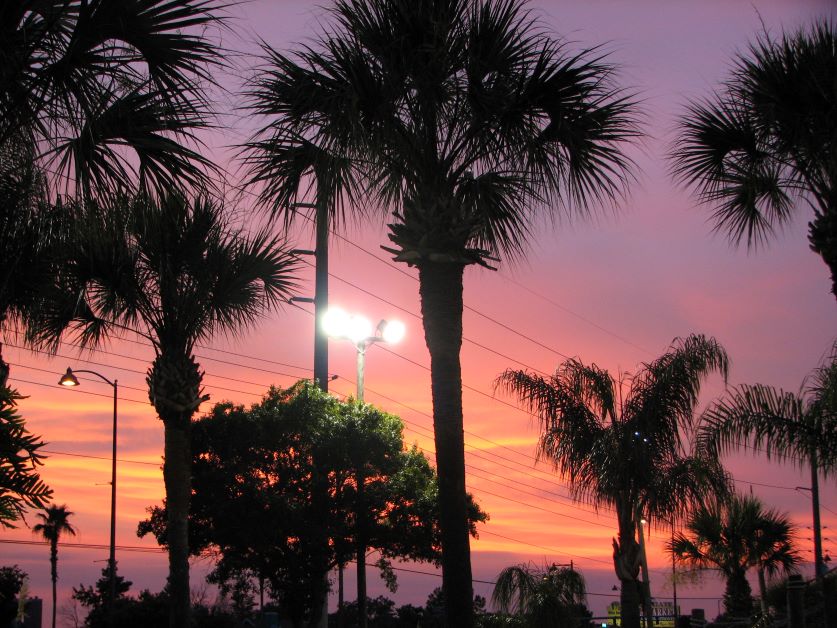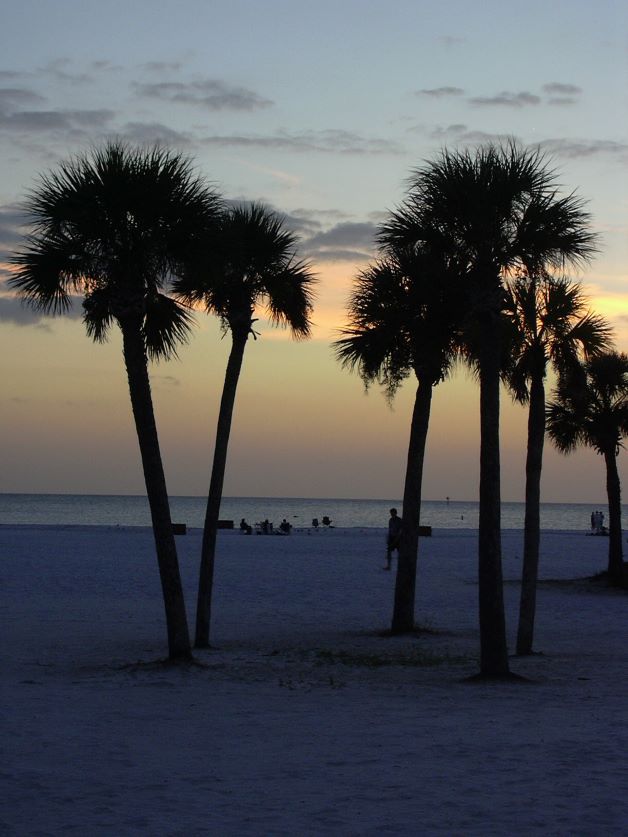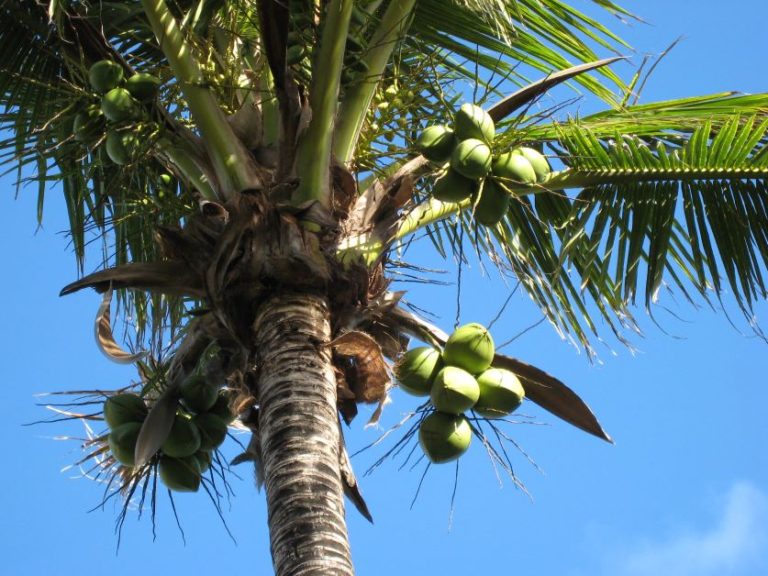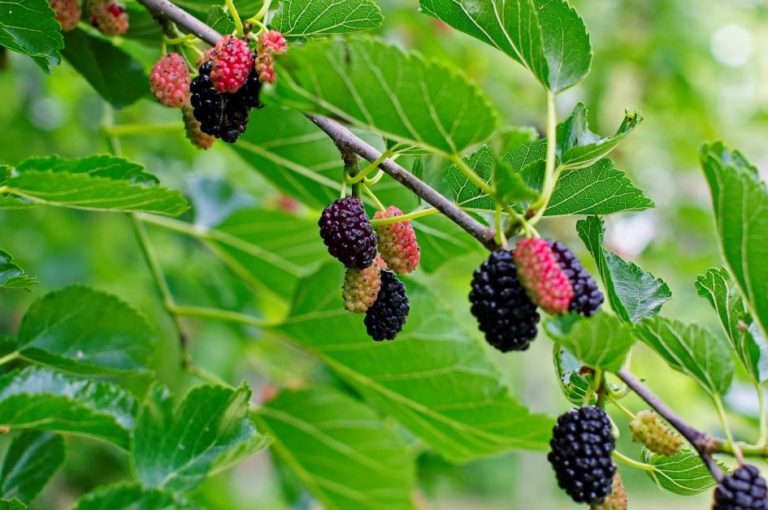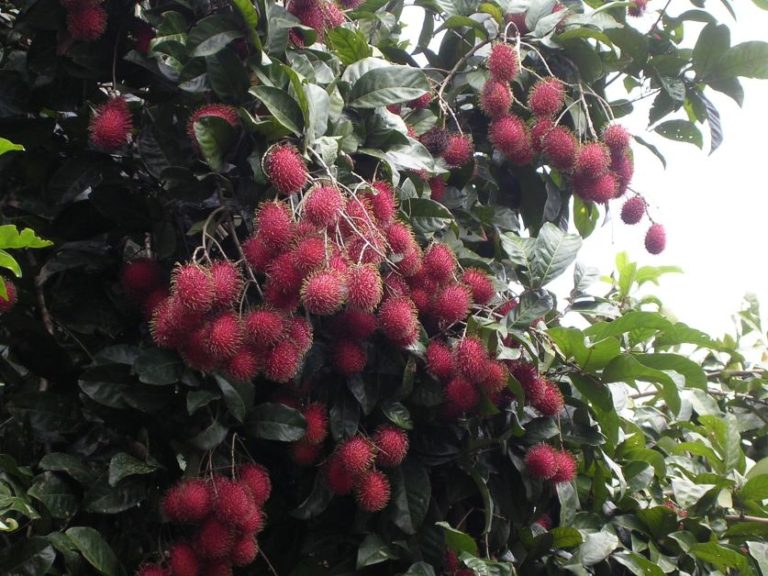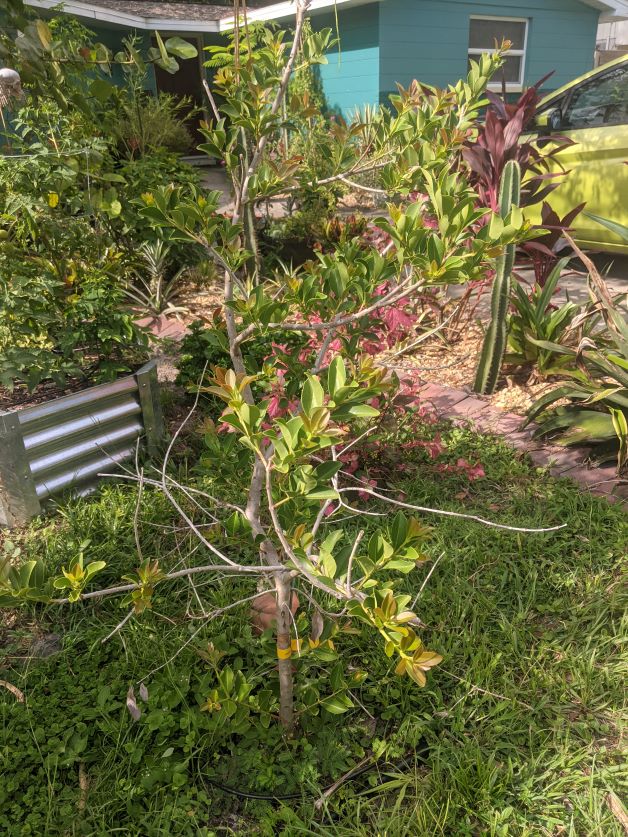Can Palm Trees Survive Cold Weather?
People outside of Florida might be surprised to learn that most of the state gets rather chilly in the winter. Some parts of North Florida can even get drop down to 15F at night.
I live in Central Florida, zone 9B. Here, nightly temperatures get down to the low 30s a few times a year. Unless you live in the southernmost part of Florida (zone 10), you need to think about winter before you invest in a palm tree.
So that leads us to the question: can palm trees survive cold weather? The lowest temperature that a lot of palm trees can take is only 40F, but there are several species that can survive freezing temperatures. Some palms can even handle snow!
Here are the top 7 palm trees that can survive cold weather that you should add to your Central or North Florida landscape.
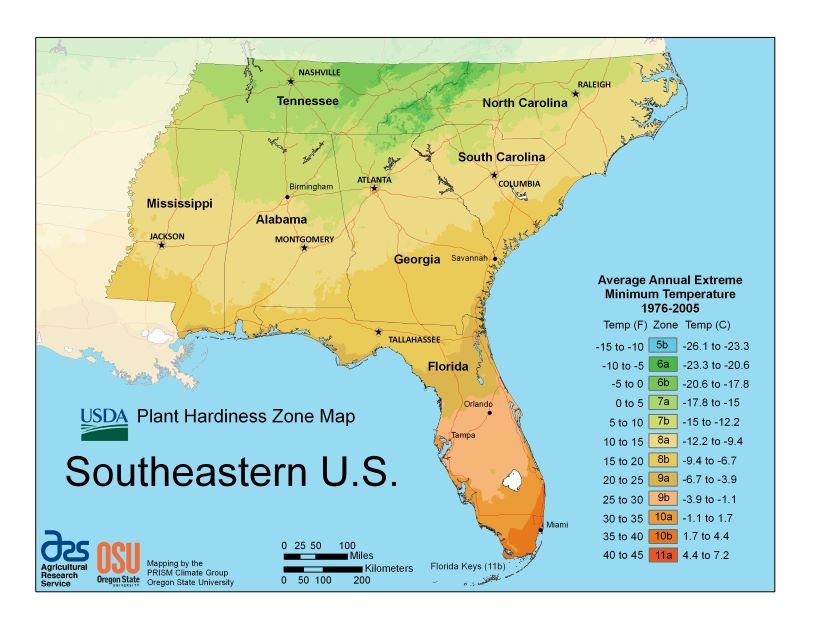
1. Indian Date Palm (Phoenix sylvestris)
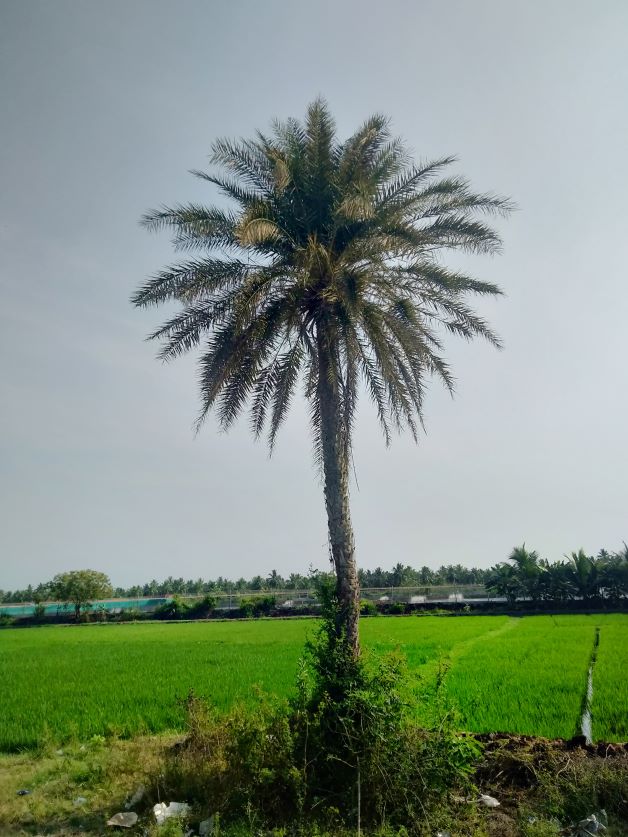
Indian date palm is native to the Middle East and India. It’s a slow-growing palm that can handle temperatures in the low 20s. It’s also drought-tolerant, which makes it a good choice for sustainability.
This is one of my favorite palms because the fruit is edible. By itself, the fruit isn’t super tasty, but it’s good to use when making breads, puddings, and jellies. In India, it’s also known as the toddy palm because the sap is used to make an alcoholic drink.
To produce fruit, you’ll need a male and female tree for pollination.
This palm grows to be 50 feet tall, so be sure to plant it in an area with plenty of clearance. It also needs a lot of sunlight to thrive.
2. Chinese Fan Palm (Livistona chinensis)
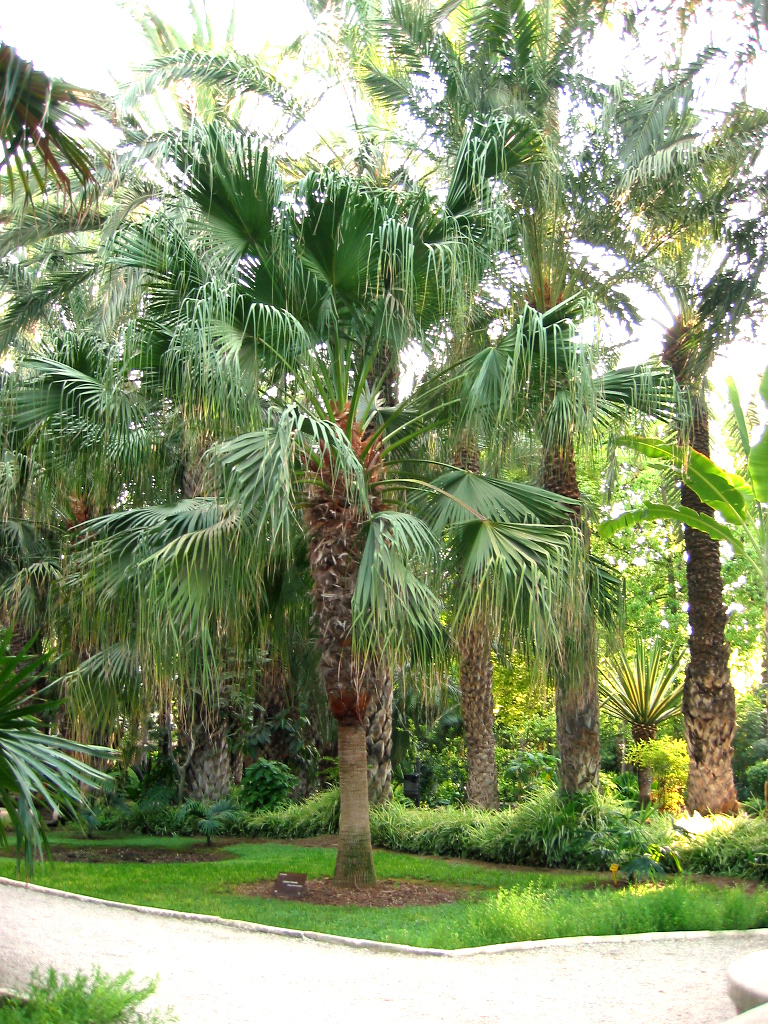
The Chinese fan palm is perfect for beginner gardeners. They’re easy to grow in Central and most North Florida, withstanding temperatures as low as 20F.
As its name implies, the Chinese fan palm is native to Asia. This palm reaches an average height of 30 feet but can get as tall as 50. A lot of people also grow the Chinese fan palm indoors in containers – it will only grow as tall as the container will allow.
Chinese fan palms don’t have many issues with pests and don’t need much pruning. This is another drought-tolerant species, making it a good choice for Florida’s dry winter season.
One important thing to note about that Chinese fan palm is that it’s potentially invasive in South Florida. If you live in the warmest part of the state, call your local UF-IFAS extension office for more information before adding this one to your landscape.
3. Paurotis Palm (Acoelorrhaphe wrightii)
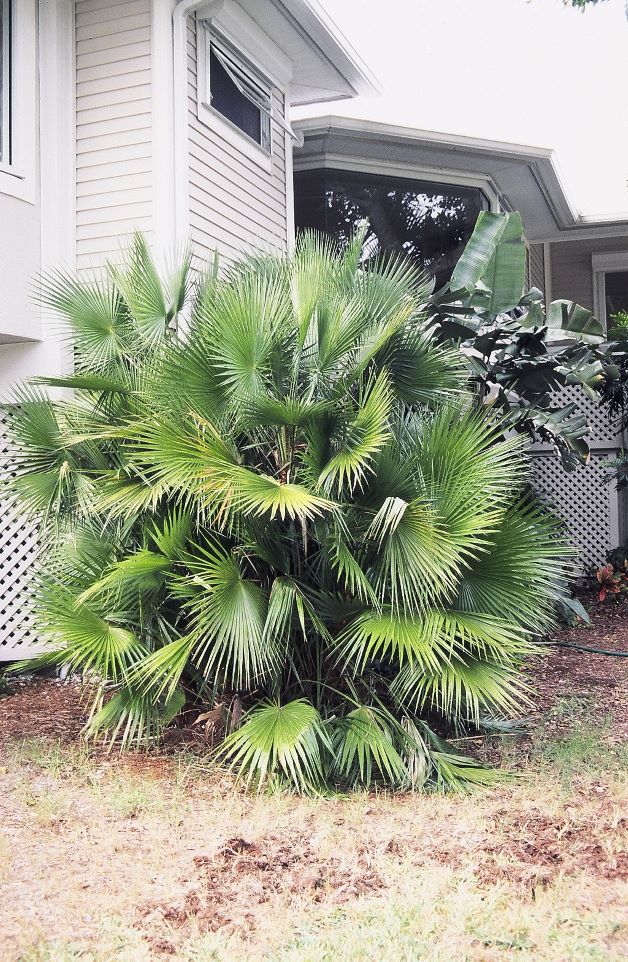
Also known as the Everglades palm, the Paurotis palm is an easy-growing Florida native. It can tolerate temperatures in the low 20s.
Make sure to give this tree plenty of room – if left alone, it’ll spread up to 20 feet. Because of this, a lot of people plant this palm as a privacy hedge or border plant. As the Paurotis palm gets older, its stems and trunks start to twist, making it a visually interesting addition to the landscape.
This palm needs a little more water than the Indian date and Chinese fan palm. Plant it in well-draining soil to stop it from getting “wet feet.”
Paurotis palms can also suffer from nutritional deficiencies. Fertilize in spring, summer, and fall with organic palm tree fertilizer.
4. European Fan Palm (Chamaerops humilis cerifera)
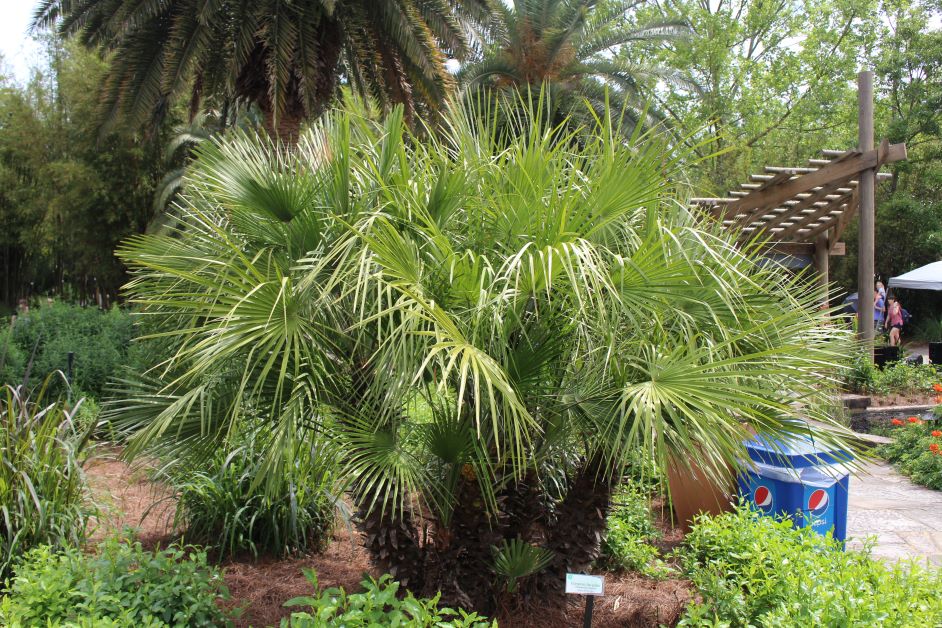
The European fan palm is the only palm native to Europe. It’s also one of the hardiest palms in the world and able to withstand temperatures as low as 10F. North Floridians should find a lot of success with this one.
Capping out at 15 feet tall, the European fan palm is great for people who live in condos or for patio container gardening.
The European fan palm has spiny fronds, so it does best in low-traffic areas so that people don’t get poked as they walk by.
Overall, the European fan palm is low maintenance and drought-tolerant. It’s hardy against disease and most pests, although scale can sometimes be a problem. It doesn’t need constant attention, making this the perfect palm tree for snowbirds.
5. Needle Palm (Rhapidophyllum hystrix)
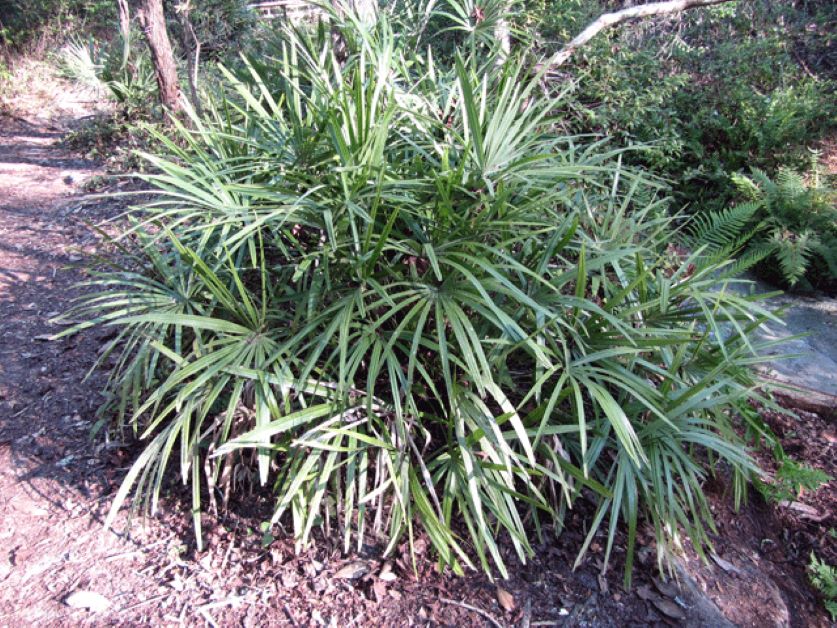
The needle palm is a small Florida native that can withstand temperatures as low as 0F. Gardeners in places as far north as New York can include the needle palm in their collection. As long as the summers get hot, the needle palm will usually be ok in colder winters.
Needle palms look best when planted in clumps. It’s a short and squatty palm – averaging 6 feet tall and 6 feet wide. It does best in partial shade, so plant the needle palm underneath taller trees. Most people treat this palm like a shrub.
This is another palm that has spiny fronds, so plant it in a kid and pet-friendly spot.
In the wild, the needle palm is an endangered species. Some people illegally harvest and sell them to unsuspecting plant enthusiasts. It’s important to only buy needle palms from reputable sources.
6. Cabbage Palm (Sabal palmetto)
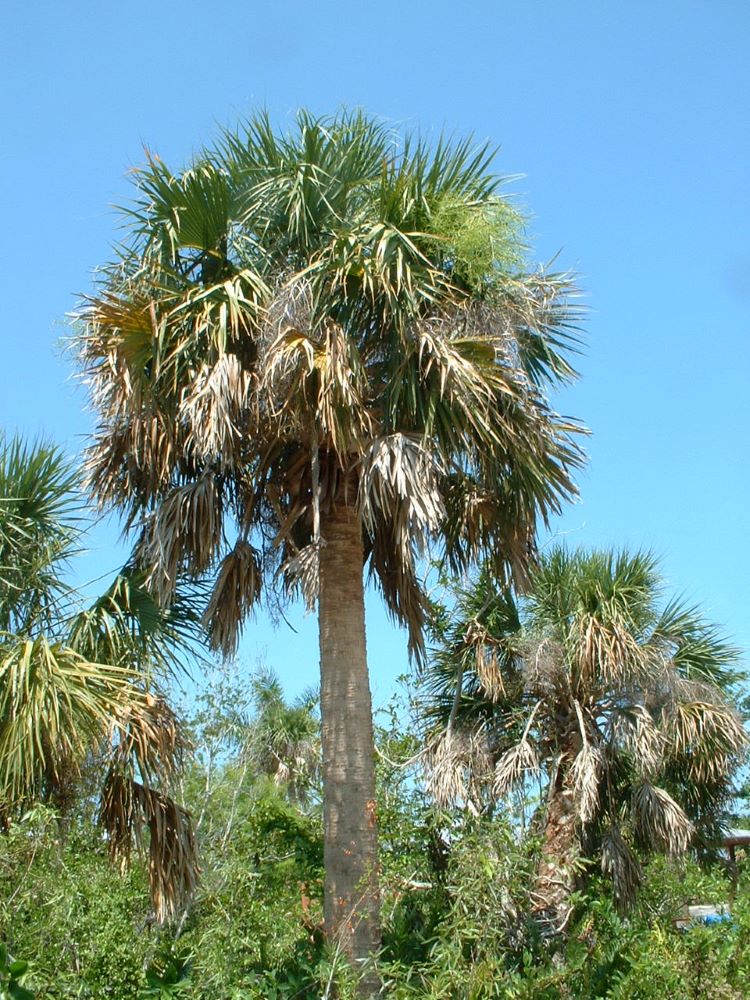
The cabbage, or sabal, palm is Florida’s state tree. It’s called the cabbage palm because of its edible young leaves (also known as heart of palm), which taste a lot like cabbage.
This palm tree will tolerate temperatures as low as 15F. It also grows to about 50 feet tall, so it needs plenty of space. It’s low maintenance and drought-tolerant. The cabbage palm blooms every spring and will attract pollinators to your garden.
When you transplant a cabbage palm, it’s important to remove all the leaves first. If you don’t, it’s more likely that your tree will die after it’s moved to its permanent home.
7. Windmill Palm
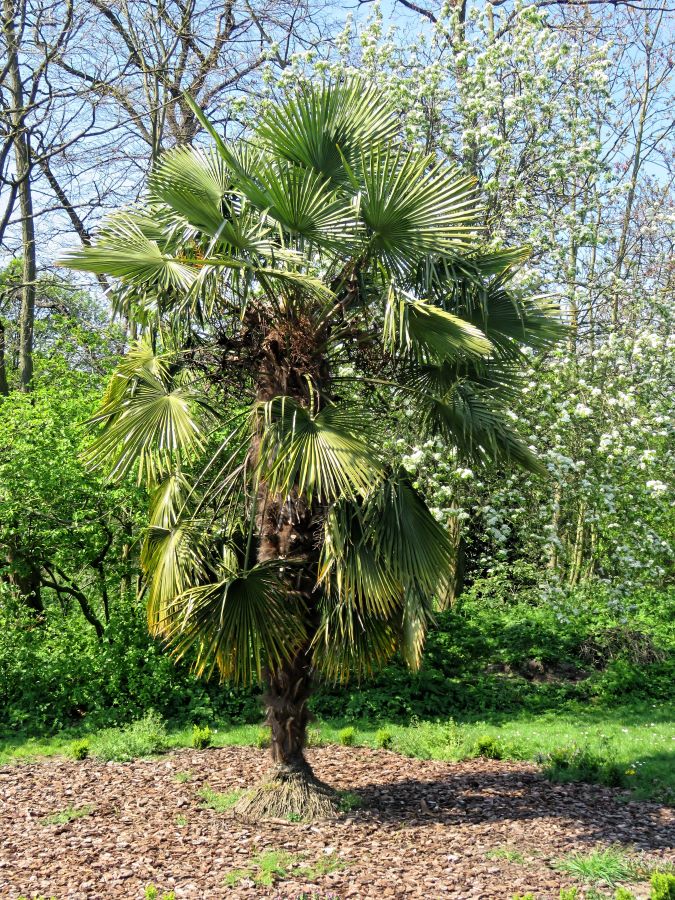
The windmill palm is native to Asia and India. Fully grown, they can handle temperatures as low as -4F. There are some reports of this species even tolerating snow! No Floridian needs to worry that the winter will kill their windmill palm.
This palm can grow up to 60 feet, but it grows very slowly and is usually found at 10 to 20 feet tall in the home landscape. It also does well in large containers.
If you have a lot of shade on your property, the windmill is the palm tree for you. A lot of palms need full sun, but the windmill palm does best in partial to full shade. It does need more water than most, though, so make sure to plant it in well-draining soil.
Featured Photo Credit: George Bannister
Disclaimer: Offbeet-gardener is reader-supported. At no extra cost to you, I receive a commission from purchases made through links in this post.

